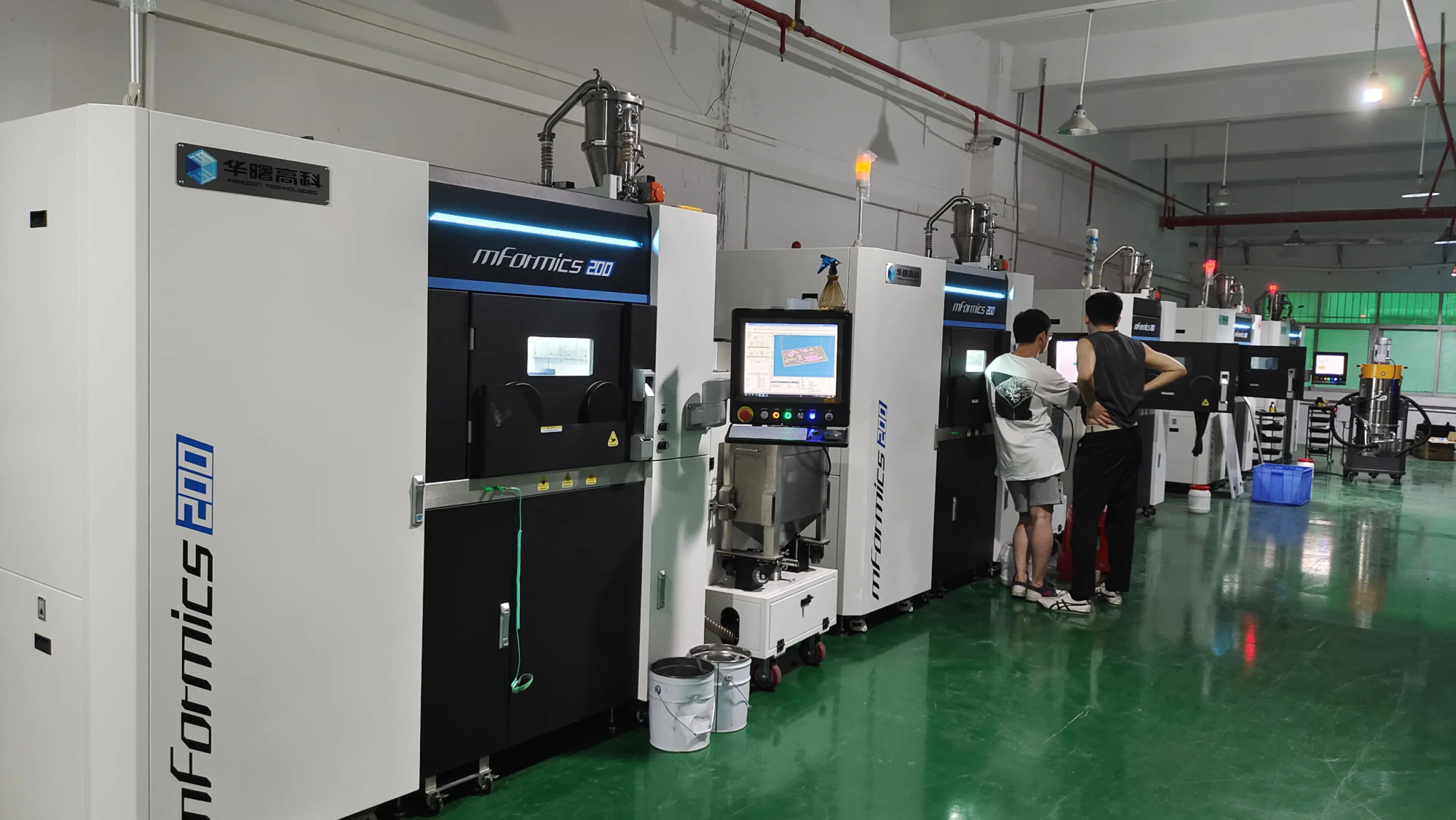On December 2, 2024, according to the Resource Library, a research team from the Department of Chemistry and the School of Optometry and Visual Sciences at the University of Waterloo recently invented a new hydrogel material that can be applied to lenses contact thanks to 3D printing technology. to provide patients with various diseases Medicines are provided to patients with eye diseases. The silicone hydrogel can precisely control the amount of drug released, and can continuously release the required drugs after wearing contact lenses, thereby significantly improving the treatment effect and patient compliance.
This hydrogel delivers medicine directly through contact lenses, which can effectively reduce the number of medications and patient discomfort compared with traditional drug treatment methods. Patients do not need to use eye drops frequently and also do not have to bear the inconvenience of instilling eye drops. They only need to wear contact lenses normally and the medicine can be released continuously and stably.
Although silicone materials can be difficult to 3D print, the hydrogel developed by the team uses a unique silicone-based material that absorbs water well and can be cured by UV light. The cured hydrogel has sufficient flexibility and durability to maintain its original shape after stretching or compression.
“We found that the hydrogel had excellent strength and flexibility, so we decided to test it with amoxicillin, an antibiotic commonly used to treat eye diseases,” said Shirley Tang, professor in the Department of Chemistry and associate dean of research in the Faculty of Science at the University of Waterloo, to evaluate its ability to load and release drugs.
Experimental results show that the macroporous structure of the hydrogel helps regulate the release rate of amoxicillin over a certain period of time. Furthermore, the researchers also found that the hydrogel could be prepared by injection or extrusion printing techniques, making it easily applicable to the contact lens production process.
Lyndon Jones, Professor in the School of Optometry and Visual Sciences and Director of the Center for Ophthalmology Research and Education at the University of Waterloo, said: “This new method of drug delivery is more effective and easier for patients to follow than traditional eye drops. Eye drops often require frequent dripping and are difficult to use.
Sayan Ganguly, postdoctoral researcher at the Department of Chemistry, said: “We found that amoxicillin showed almost no change in the hydrogel after one month of storage, proving that this material is very stable during the release process. of the medicine. Our results show that this water gel is harmless to the human eye and can be used effectively in various biomedical applications.
Currently, the research team has filed relevant patent applications and plans to promote this innovative technology to a wider range of ophthalmic treatment areas. The research paper, titled “3D extrusion-printed, injectable hydrophilic silicone-based hydrogels for controlled ocular delivery of ophthalmic drugs,” was published in the journal ACS Applied Biomaterials.
ISO 9001 Factory





